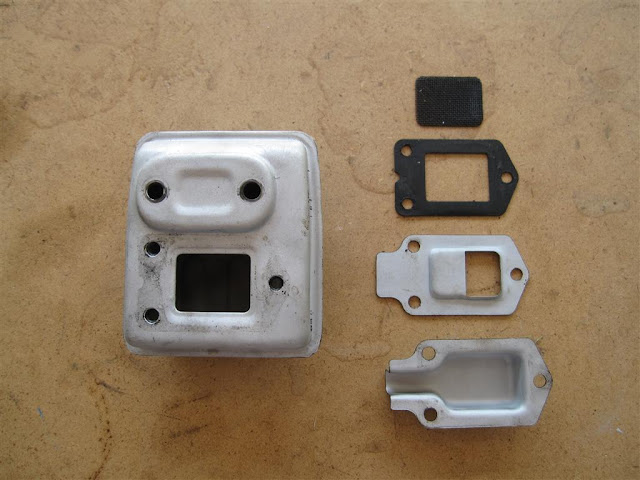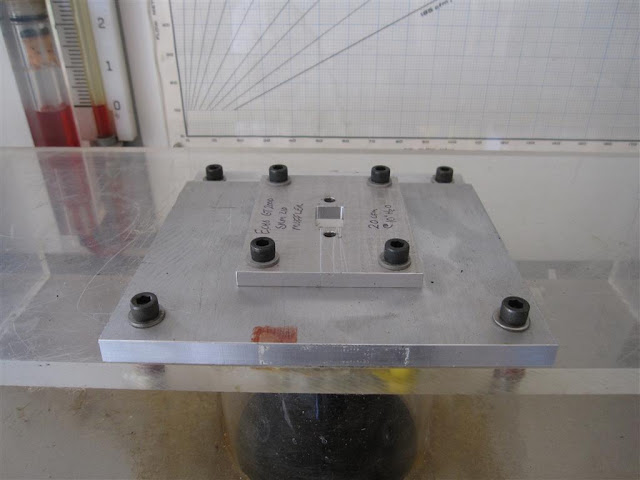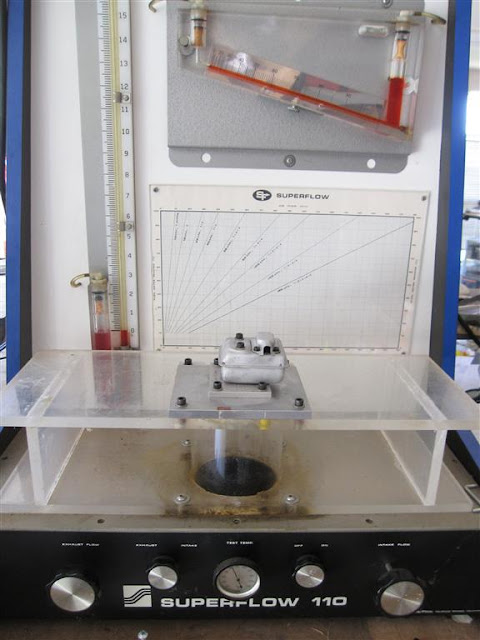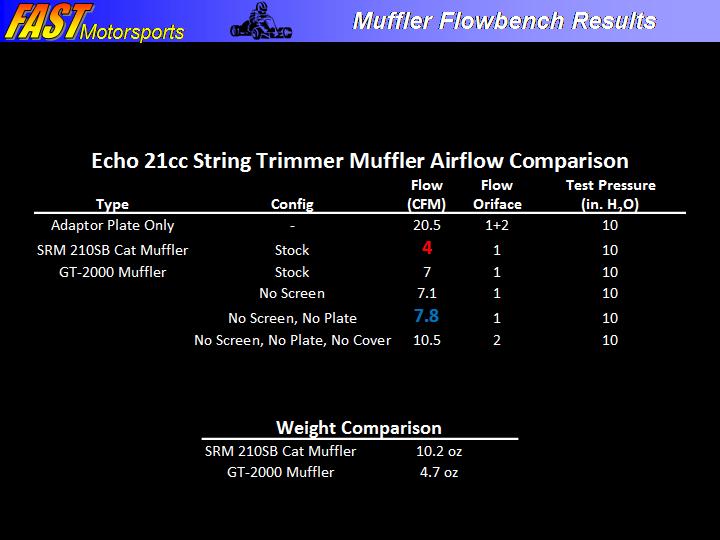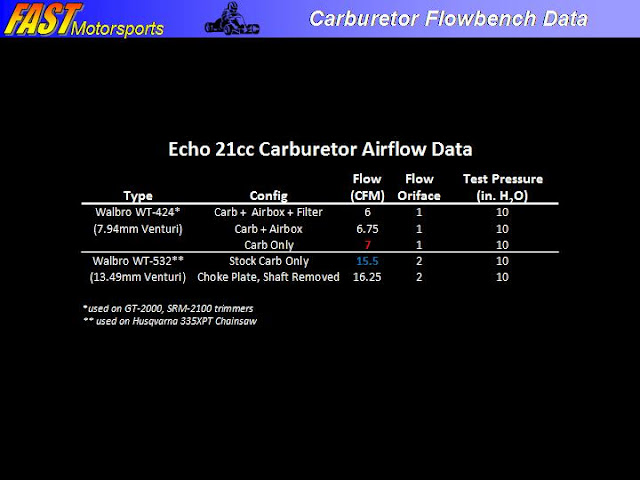Howdy,
I've decided to start a thread to detail the various mods and testing I am doing on my Echo 21cc Trimmer. I know its not a chainsaw, but on the SRM-210 SB model I can put a 10" chainsaw bar attachement on and make it a pole saw. So there!
Basically, I wanted to use this trimmer as a test bed project to prove out my MOTA two stroke engine simulation software in preparation for using it on my much larger, much faster Kawasaki H1 500cc and H2 750cc two-stroke triple motorcycle restrorations. But I do love chainsaws as well. See my other threads Most of the mods I am making to this trimmer directly apply to the saws, so its worth the effort to document what I am doing.
Most of the mods I am making to this trimmer directly apply to the saws, so its worth the effort to document what I am doing.
I will update this thread with pics and data as I have time and make more progress.
For now, some background. I started out with a totally stock, totally reliable, and reasonably well tuned out of the box (I was surprised) Echo trimmer:
Front View:
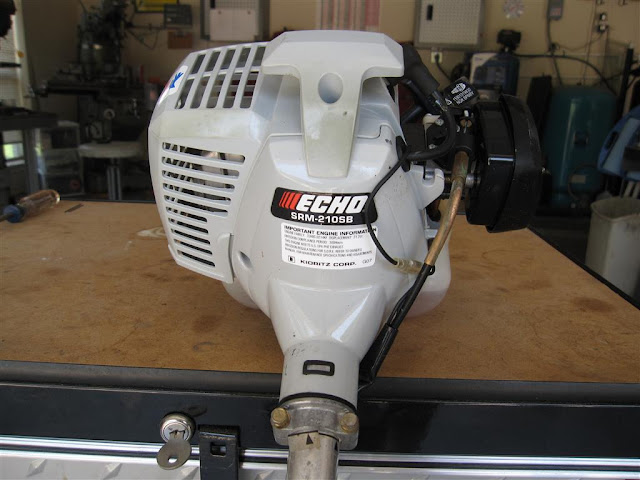
Back View

Muffler view:

A couple of things right off the bat:
1. It has a fixed jet carb (no real mixture adjustment except Idle speed)
2. It has a very restrictive Catalytic Converter/muffler
I've decided to start a thread to detail the various mods and testing I am doing on my Echo 21cc Trimmer. I know its not a chainsaw, but on the SRM-210 SB model I can put a 10" chainsaw bar attachement on and make it a pole saw. So there!
Basically, I wanted to use this trimmer as a test bed project to prove out my MOTA two stroke engine simulation software in preparation for using it on my much larger, much faster Kawasaki H1 500cc and H2 750cc two-stroke triple motorcycle restrorations. But I do love chainsaws as well. See my other threads
I will update this thread with pics and data as I have time and make more progress.
For now, some background. I started out with a totally stock, totally reliable, and reasonably well tuned out of the box (I was surprised) Echo trimmer:
Front View:

Back View

Muffler view:

A couple of things right off the bat:
1. It has a fixed jet carb (no real mixture adjustment except Idle speed)
2. It has a very restrictive Catalytic Converter/muffler






